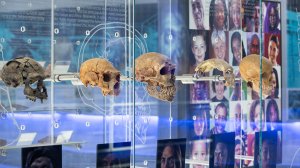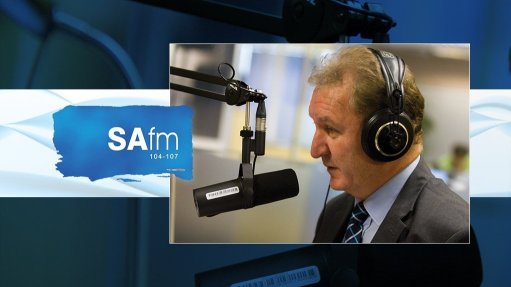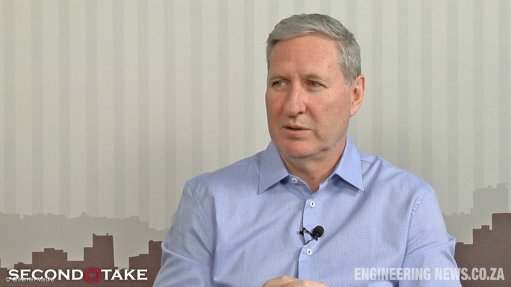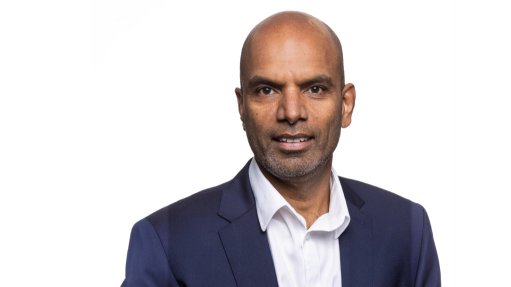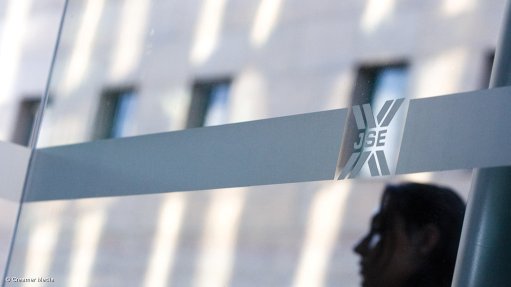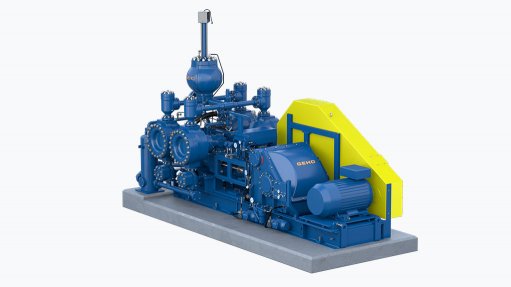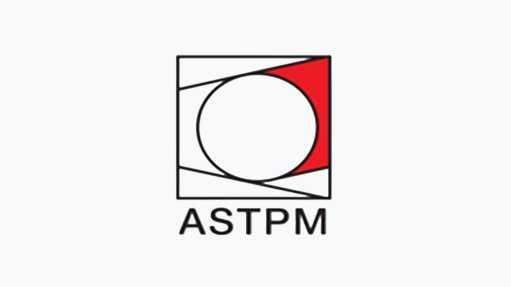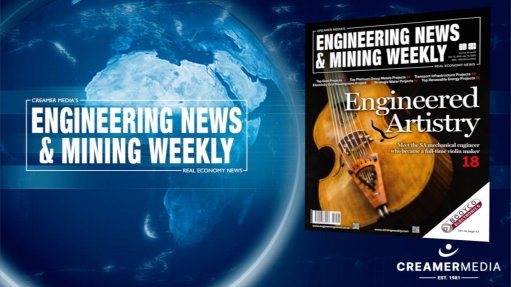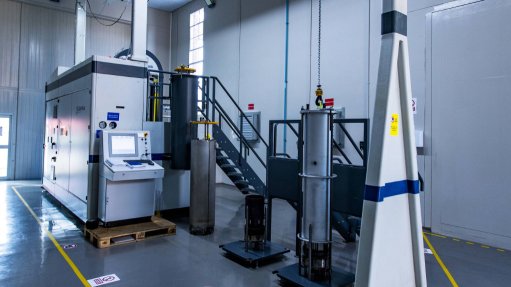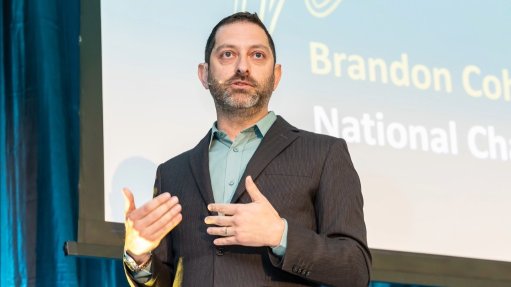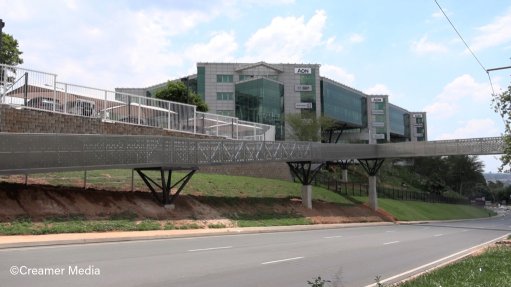Sterkfontein Caves reopened to the public


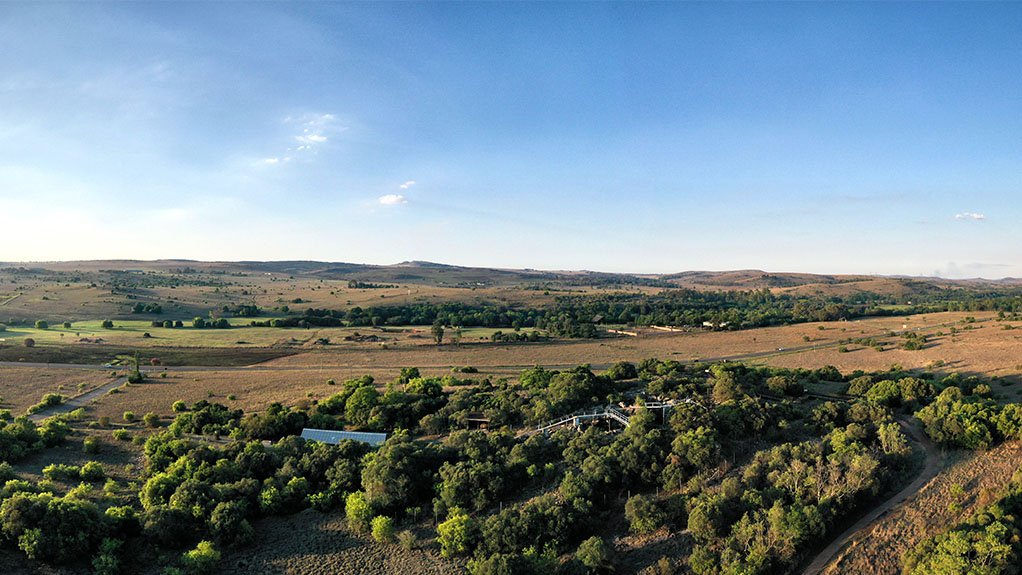
An exhibit in the Sterkfontein Caves centre
An aerial view of the Sterkfontein Caves centre
“One of humanity’s most important palaeontological sites”, the Sterkfontein Caves, reopened to the public on April 15, as it transitions to full management under the University of the Witwatersrand (Wits).
Located within the Cradle of Humankind UN Educational, Scientific and Cultural Organisation (Unesco) World Heritage Site, near Johannesburg, the Sterkfontein Caves have yielded some of the most important hominin fossil discoveries including the iconic 'Mrs Ples' in 1947, and 'Little Foot' in 1997, in addition to hundreds of other fossils of human relatives.
These discoveries have been crucial to informing the global understanding of human evolution and the origins of humanity, the university says.
Further, while it previously served primarily as a tourist destination, attracting thousands of international and local visitors, the reimagined Wits Sterkfontein Caves will offer a more immersive research and educational experience, bringing visitors closer to the science that has defined the site for nearly 100 years.
“This reopening represents a significant evolution in how we share the story of human origins. Visitors now have unique opportunities to engage with active live science and research, all happening in real-time,” says Wits Faculty of Science dean Professor Nithaya Chetty.
Under the new management structure, Dr Job Kibii will serve as the Wits Sterkfontein Caves head, overseeing daily operations and visitor experiences, while Professor Dominic Stratford will continue to lead research activities as the research permit holder.
As part of the enhanced experience, visitors will be able to have direct interactions with scientists and students conducting research, and experience behind-the-scenes access to fossil preparation laboratories.
Guided tours of the Wits Sterkfontein Caves, with enhanced scientific context, will be available, as will educational programmes focused on human evolution and palaeoanthropology, as well as other scientific disciplines in the Earth Sciences, such as Climate Science and Geosciences.
There will also be exhibits showcasing the latest discoveries and research findings, the university says.
“The reopening of the Wits Sterkfontein Caves represents an exciting opportunity to bridge the gap between cutting-edge research and the public’s understanding of science,” says Wits principal and vice-chancellor Professor Zeblon Vilakazi.
“By making science more accessible, we hope to inspire the next generation of researchers while helping everyone connect more deeply with our shared human story,” he says.
The Wits Sterkfontein Caves hold universal value, which led to their designation as part of the Cradle of Humankind Unesco World Heritage Site in 1999.
Management, researchers and tour facilitators of the Wits Sterkfontein Caves will continue to work closely with the Cradle of Humankind Management Authority and the South African Heritage Resources Agency to ensure the proper preservation of the site, Wits states.
Since taking over the management of the Sterkfontein site in 1966, Wits's researchers have made countless contributions to the study of human evolution. The university houses the world's largest repository of hominin fossils, many of which were discovered in the Wits Sterkfontein Caves.
The caves continue to yield new discoveries that shape humanity's understanding of who we are and where we come from, it says.
The limestone caves, formed many millions of years ago, have preserved critical evidence of our relatives as their remains fell into the deep caves through tall, narrow shafts.
For more than three-million years, the remains of hominins and many other animals living on the Cradle of Humankind landscape have accumulated underground in huge deposits, creating a fossil record spanning several million years of human evolution.
The reopening of the Wits Sterkfontein Caves builds on the legacy of prominent Wits palaeoanthropologists like the late Professor Phillip Tobias and Professor Ronald Clarke, whose work at the Wits Sterkfontein Caves fundamentally advanced the understanding of human origins.
Article Enquiry
Email Article
Save Article
Feedback
To advertise email advertising@creamermedia.co.za or click here
Comments
Press Office
Announcements
What's On
Subscribe to improve your user experience...
Option 1 (equivalent of R125 a month):
Receive a weekly copy of Creamer Media's Engineering News & Mining Weekly magazine
(print copy for those in South Africa and e-magazine for those outside of South Africa)
Receive daily email newsletters
Access to full search results
Access archive of magazine back copies
Access to Projects in Progress
Access to ONE Research Report of your choice in PDF format
Option 2 (equivalent of R375 a month):
All benefits from Option 1
PLUS
Access to Creamer Media's Research Channel Africa for ALL Research Reports, in PDF format, on various industrial and mining sectors
including Electricity; Water; Energy Transition; Hydrogen; Roads, Rail and Ports; Coal; Gold; Platinum; Battery Metals; etc.
Already a subscriber?
Forgotten your password?
Receive weekly copy of Creamer Media's Engineering News & Mining Weekly magazine (print copy for those in South Africa and e-magazine for those outside of South Africa)
➕
Recieve daily email newsletters
➕
Access to full search results
➕
Access archive of magazine back copies
➕
Access to Projects in Progress
➕
Access to ONE Research Report of your choice in PDF format
RESEARCH CHANNEL AFRICA
R4500 (equivalent of R375 a month)
SUBSCRIBEAll benefits from Option 1
➕
Access to Creamer Media's Research Channel Africa for ALL Research Reports on various industrial and mining sectors, in PDF format, including on:
Electricity
➕
Water
➕
Energy Transition
➕
Hydrogen
➕
Roads, Rail and Ports
➕
Coal
➕
Gold
➕
Platinum
➕
Battery Metals
➕
etc.
Receive all benefits from Option 1 or Option 2 delivered to numerous people at your company
➕
Multiple User names and Passwords for simultaneous log-ins
➕
Intranet integration access to all in your organisation


